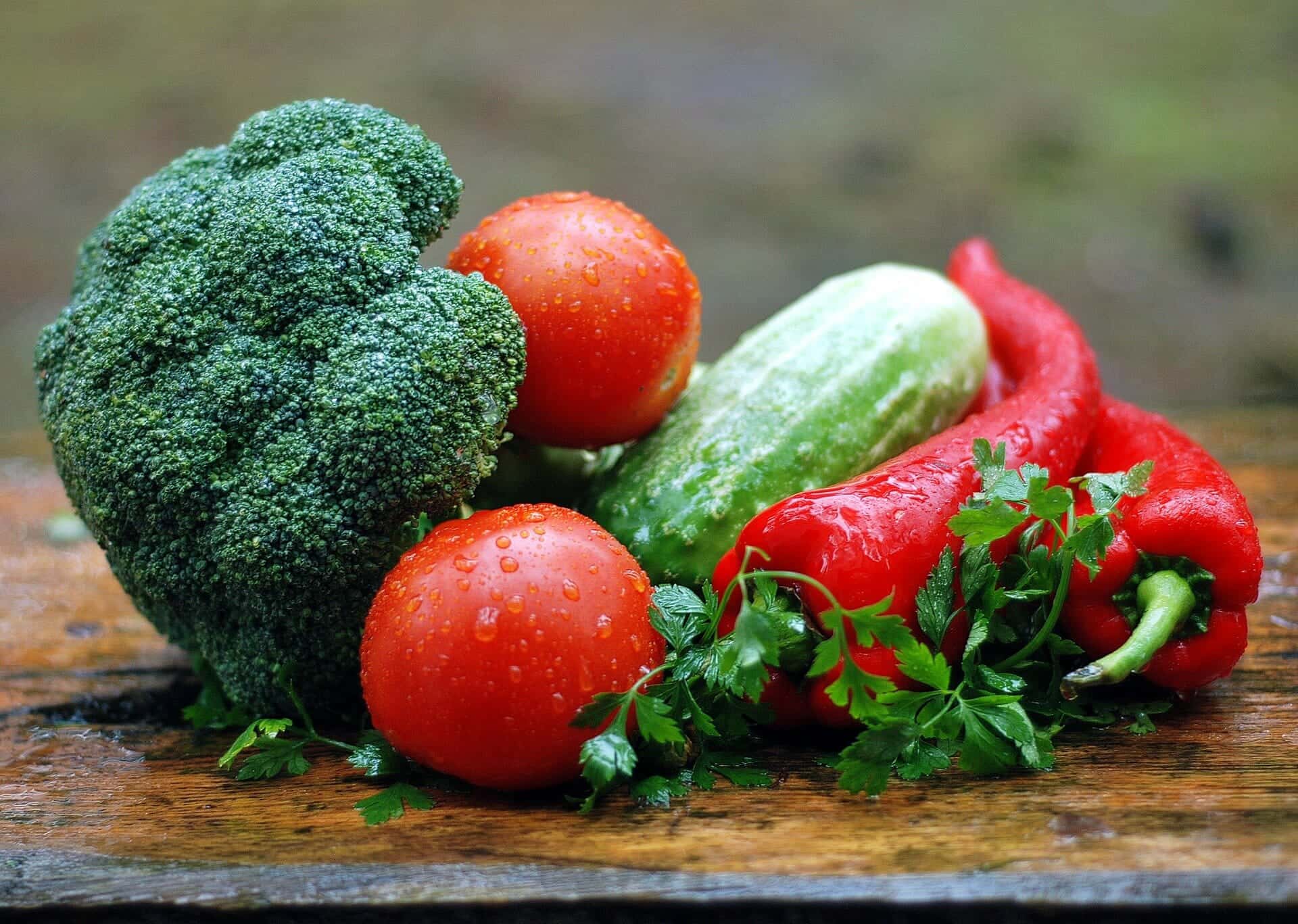The global food trade should hit a record high in both volume and value, according to a new report by the UN Food and Agriculture Organization (FAO).
By the end of 2021, the global food import bill should extend beyond $1.75 trillion, marking a 14 percent increase from the previous year, and 12 percent higher than the previous forecast.
According to FAO’s new Food Outlook, trade in foodstuffs has shown “remarkable resilience” to disruptions throughout the pandemic, but rapidly rising prices, pose significant challenges for poorer countries and consumers.
The increase is driven by higher price levels of internationally traded food commodities and a threefold increase in freight costs.
Developing regions account for 40 percent of the total and their food import bill is expected to rise by 20 percent compared to the year before. Even faster growth is expected for Low-Income Food Deficit Countries (LIFDCs).
In terms of products, developing regions are facing sharp increases in basic staples such as cereals, animal fats, vegetable oils and oilseeds.
In developed regions, while high-value foods, such as fruits and vegetables, fishery products and beverages are driving the bulk of the increases.
World output prospects for major cereals remain robust, with record harvests expected for maize and rice. Cereals for consumption, and animal feed, should grow even faster.
The forecast expects some improvements in the supply situation for oilseeds and derived products, but their end-season stocks could remain below average.
World sugar production should rebound, after three years of contraction, but still be under the global consumption level. Overall, trade is foreseen to decline slightly because of reduced supply in important exporting countries and rising prices.
Meat production should expand, triggered by a swift rebound in China, especially pig meat, the report says. A growth slowdown in trade is likely, caused by declines in leading importing regions, mostly Asia and Europe.
Milk production is forecasted to grow, with anticipated increases in all major producing regions, led by Asia and North America. Global trade should also go up, even with the slowdown in the import growth rate of the last few months.
Finally, fisheries and aquaculture output is expected to increase 2 percent. For FAO, this shows that new market dynamics resulting from the pandemic are likely to endure. Despite high freight costs and logistical delays, the fish trade is also bouncing back.
To examine the impacts of rising input costs on food prices, FAO experts constructed a new tool called Global Input Price Index (GIPI).
According to the report, the new GIPI has moved synchronously with the Food Price Index (FFPI) since 2005, which means that higher input costs translate into higher food prices.
This year, up until August, the FFPI rose by 34 percent and the GIPI increased by 25 percent.
The report also notes that sectors and regions are affected differently.
Soybean producers, for example, have lower demand for expensive nitrogen fertilizer, so they should benefit from higher product prices. On the other hand, pig producers face high feed costs, and low meat prices, narrowing their margins.
The analysis also points to a growing number of countries, currently 53, where households spend more than 60 percent of their income on necessities such as food, fuel, water and housing.







